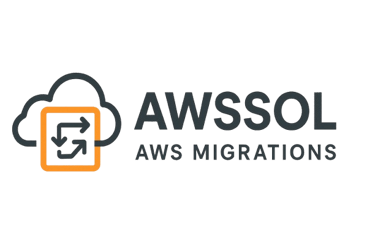Success Story of migrating Hospitality company systems - Migrating 100% to Cloud
2 min read
Understanding AWS Migration in Hospitality
The hospitality industry has undergone significant transformation thanks to technological advancements. One pivotal aspect is the migration to cloud services, particularly Amazon Web Services (AWS). Embracing AWS can enhance operational efficiency, improve customer experiences, and streamline data management in a sector that thrives on service excellence. This migration entails moving applications, data, and workloads from on-premises servers to the cloud. To ensure success, companies must adopt a strategic approach.
Key Steps for Successful AWS Migration
Implementing best practices during the AWS migration process is crucial for minimizing disruptions and maximizing benefits. Here are essential steps that hospitality businesses should follow:
Assessment and Planning: Begin with a comprehensive assessment of the existing IT infrastructure. Evaluate all assets, applications, and processes to understand their relevance and functionality. Create a detailed migration plan that outlines objectives, timelines, resource allocation, and potential risks.
Establishing a Governance Framework: Define clear governance policies to manage the migration process effectively. This includes setting roles and responsibilities, compliance requirements, and security measures. An established governance framework helps streamline operations and ensure accountability.
Selecting the Right AWS Services: AWS offers an array of services tailored for various business needs. Choose the services that align with your organization’s objectives, whether that involves computing, analytics, or content delivery. Leveraging the right tools ensures that your applications perform optimally on the cloud.
Data Migration Strategy: Data forms the backbone of hospitality operations. Implement a robust data migration strategy that prioritizes data integrity, security, and accessibility. Utilize AWS tools such as AWS Database Migration Service for efficient transfer and minimal downtime.
Testing and Optimization: Before going live, conduct thorough testing of all migrated applications. Identify potential issues and optimize performance by utilizing AWS monitoring tools. A successful testing phase can significantly mitigate risks during the transition.
Training and Support: Invest in training your staff on the new AWS systems and processes. Ensuring your team is well-versed in cloud technologies fosters an adaptive culture that can leverage new opportunities for growth and customer engagement.
Continuous Monitoring and Improvement: Post-migration, continuous monitoring is crucial. Use AWS CloudWatch and other performance monitoring tools to ensure applications function smoothly. Regular assessments lead to insights that can drive enhancements and prompt adjustments in strategy.
Conclusion
Successfully migrating to AWS can revolutionize hospitality companies by enhancing their technological capabilities and service delivery. However, adherence to best practices throughout the migration process is non-negotiable. By following strategic steps such as thorough assessment, robust planning, efficient data migration, and continuous improvement, hospitality organizations can achieve a seamless transition to AWS. Embracing these practices will ultimately lead to a successful AWS migration, setting the company up for sustained growth in the competitive hospitality landscape.
